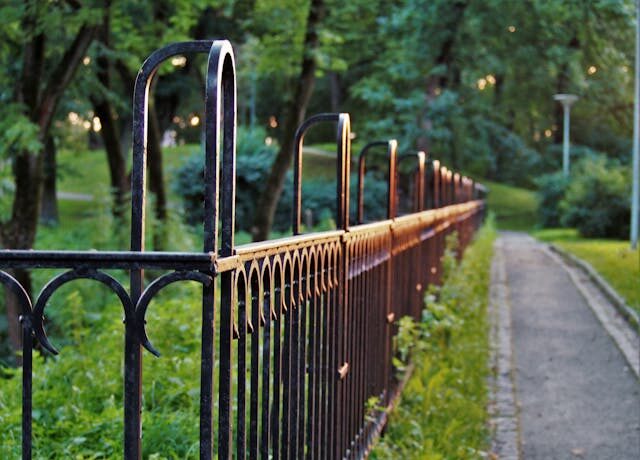For homeowners looking to install a fence without the expense of hiring professionals, DIY fence kits offer an excellent solution. These kits are designed for easy installation, providing all the necessary materials and instructions to complete the project successfully. This article explores the benefits of buying DIY fence kits, considerations when choosing a kit, and tips for a successful installation.
One of the primary benefits of diy fence kits is cost savings. Hiring a professional fencing contractor can be expensive, with labour costs significantly adding to the overall expense. By opting for a DIY fence kit, homeowners can save a substantial amount of money. These kits typically include all the necessary components, such as fence panels, posts, brackets, and hardware, eliminating the need to purchase materials separately. Additionally, many DIY fence kits are competitively priced, making them an affordable option for budget-conscious homeowners.

These kits are designed with the average homeowner in mind, providing clear and straightforward instructions that guide users through each step of the installation process. Many kits also include pre-assembled panels and pre-drilled holes, further simplifying the installation. This user-friendly approach makes it possible for individuals with little to no construction experience to successfully install a fence. The satisfaction of completing a home improvement project independently adds to the appeal of DIY fence kits.
DIY fence kits offer a wide variety of styles and materials, allowing homeowners to choose a fence that suits their specific needs and preferences. Whether seeking a classic wooden fence for a traditional look, a vinyl fence for low maintenance, or an aluminium fence for durability and modern appeal, there is a DIY kit available to meet these requirements. This variety ensures that homeowners can find a fence that complements their property’s aesthetic while fulfilling functional needs such as privacy, security, or boundary marking.
When selecting a DIY fence kit, there are several important factors to consider. First, assess the purpose of the fence. Is it intended for privacy, security, or decorative purposes? The intended function will influence the type of fence best suited for the project. For example, a privacy fence typically requires solid panels, while a decorative fence may feature open designs or ornamental elements.

Wooden fences offer an natural and timeless look but may require regular staining or painting to maintain their appearance. Vinyl fences are low-maintenance and resistant to weathering but may have a higher initial cost. Aluminium fences are durable and rust-resistant, making them ideal for various climates. Homeowners should choose a material that aligns with their maintenance preferences and budget.
Measurements and planning are essential steps before purchasing a DIY fence kit. Homeowners should measure the perimeter of the area to be fenced accurately, considering any slopes or irregularities in the terrain. This information helps determine the amount of fencing material needed and ensures that the kit purchased is sufficient for the project. Additionally, checking local building codes and regulations is crucial to ensure compliance with any height restrictions, setback requirements, or permit needs.














